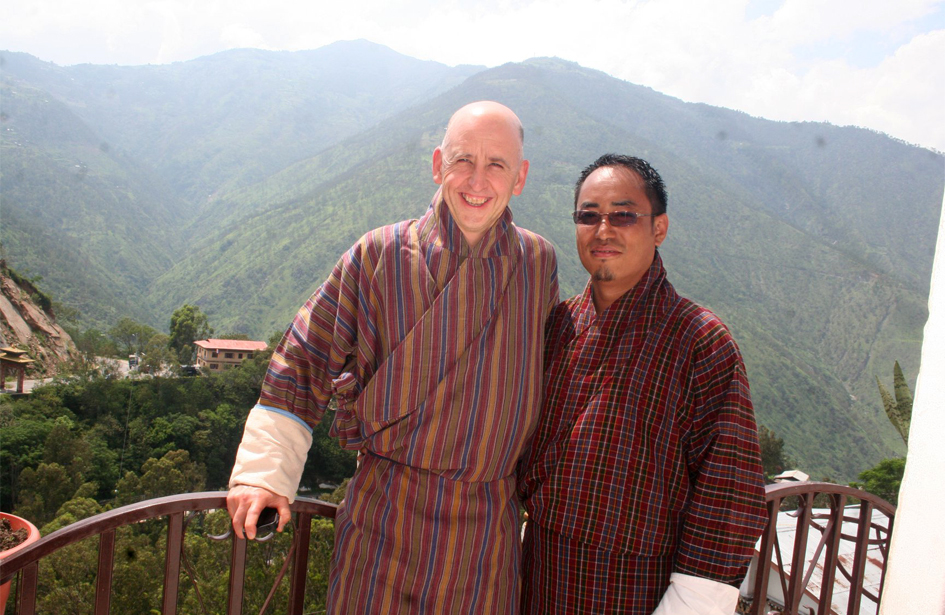
GET TO KNOW US
Begin Bhutan Tours with Relish Tours Bhutan?
It is said that "Travel is the only thing you buy that makes you richer" and what riches can there be than a fond memory; a time spent with your friends and family, a recollection of pleasant moments with your loved ones or sometimes even a private period to yourself. To enrich such reminiscence, there is nothing like travelling to new places and etching the beauty of these memories into the pages of your lives!
The famous Rudyard Kipling said, "The first condition of understanding a foreign country is to smell it!" and we at Relish Tours will ensure your first whiff of Bhutan will spice up your memories forever!
More About Us 24*7 Helpline Number: +975-1774-4214Popular Bhutan Tours
Top Rated Experiences On Relish Tours Bhutan
Bhutan, the Land of the Thunder Dragon, offers a variety of popular tours that showcase its unique culture, stunning landscapes, and rich history. Each tour provides a unique glimpse into Bhutan's untouched beauty, spiritual heritage, and warm hospitality. Among the many experiences available, trekking stands out as a remarkable way to explore the country's pristine natural environment and majestic mountains.
Check upcoming Festivals of Bhutan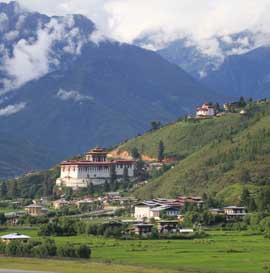
03 Nights / 04 Days
Glimpse of Bhutan
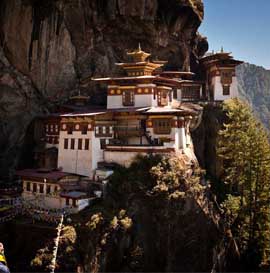
04 Nights / 05 Days
Wonders of Bhutan
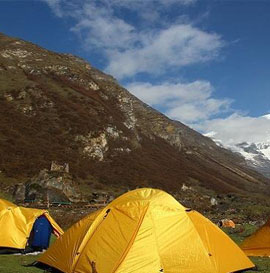
07 Nights / 08 Days
Druk Path Trek
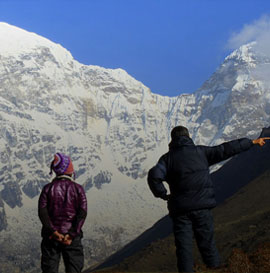
26 Nights / 27 Days
Snowman Trek
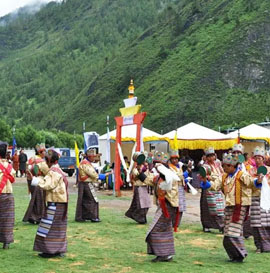
06 Nights / 07 Days
Haa Summer Festival
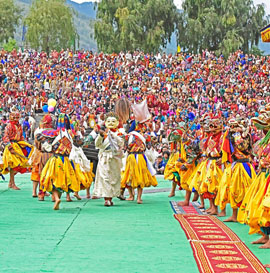
06 Nights / 07 Days
Thimphu Festival
© 2024 Relish Tours Bhutan.

